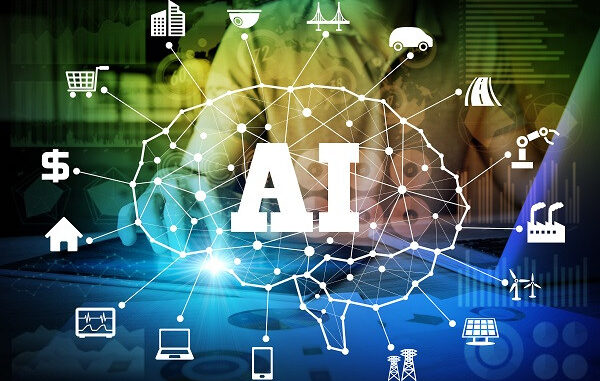
Unsupervised learning is a type of machine learning where the model is trained on data that is not labeled. Unlike supervised learning, where the model learns
from input-output pairs (where the “correct” output is known), unsupervised learning aims to find patterns or structure in data without any explicit guidance on what those patterns should be.









### Key Concepts in Unsupervised Learning
1. **Clustering**: The process of grouping a set of objects in such a way that objects in the same group (or cluster) are more similar to each other than to those in other groups. Popular algorithms include:
– K-Means
– Hierarchical Clustering
– DBSCAN
2. **Dimensionality Reduction**: Techniques used to reduce the number of features or dimensions in a dataset while preserving its essential structure. Common methods include:
– Principal Component Analysis (PCA)
– t-Distributed Stochastic Neighbor Embedding (t-SNE)
– Autoencoders
3. **Association Rule Learning**: A method for discovering interesting relations between variables in large databases. It’s often used in market basket analysis. Common algorithms here include:
– Apriori
– FP-Growth
4. **Anomaly Detection**: Identifying rare items, events, or observations that raise suspicions by differing significantly from the majority of the data. This can be useful in fraud detection, network security, etc.
### Applications of Unsupervised Learning
– **Market Segmentation**: Businesses can cluster customers based on purchasing behaviors to tailor marketing strategies.
– **Customer Recommendation Systems**: Unsupervised techniques can be used to find similarities between users or items to recommend products.
– **Data Preprocessing**: Reducing the dimensionality of data can help improve the performance of other machine learning models by eliminating noise and redundancy.
– **Image Compression**: Transforming images into lower-dimensional spaces while preserving the essential details.
### Challenges
– **Interpretability**: The results of unsupervised models can be challenging to interpret, as there are no clear labels to validate the outcomes.
– **Determining the Right Number of Clusters**: In clustering, choosing the optimal number of clusters can be subjective and requires domain knowledge.
– **Scalability**: Some unsupervised learning algorithms can be computationally intensive, making them difficult to apply to very large datasets.
### Conclusion
Unsupervised learning is a powerful approach for extracting insights from data that lacks labels. Its applications span various fields, including marketing, finance, and healthcare. As data continues to grow in volume and complexity, unsupervised learning techniques will play an increasingly important role in data science and machine learning efforts.


Leave a Reply